This site is supported by our readers. We may earn a commission, at no cost to you, if you purchase through links.
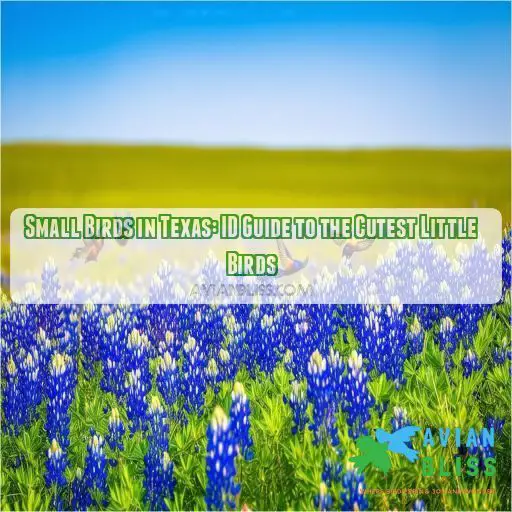
If you’re keen to learn more about these charming creatures and how to attract them to your yard, read on.
Table Of Contents
- Key Takeaways
- Overview of Small Birds in Texas
- Common Characteristics of Small Birds
- Identifying Small Brown Birds
- — Sparrows
- — Wrens
- — Thrashers
- — Titmice
- — Warblers
- — Finches
- Encouraging Small Bird Diversity in Your Yard
- Frequently Asked Questions (FAQs)
- What are the small brown birds in North Texas?
- What are the most common birds in Texas?
- How can I identify a bird in my yard?
- What is the multi colored small bird in Texas?
- What are some small birds found in Texas?
- How do I identify small birds?
- What do small birds eat?
- Where do small birds nest?
- How can I attract small birds to my yard?
- Conclusion
Key Takeaways
- Texas is a birdwatcher’s paradise, offering a delightful mix of small birds with their colorful plumes and lively antics.
- Common characteristics of small birds include compact bodies, shorter wings, and delicate beaks, with unique markings and behaviors that aid in identification.
- From sparrows and wrens to thrashers and warblers, Texas is home to a diverse range of tiny feathered friends, each with their own unique charm.
- Attract a variety of small birds to your yard by providing bird-friendly features, native plants, and diverse habitats, creating a welcoming haven for these curious creatures.
Overview of Small Birds in Texas
Texas is a birdwatcher’s paradise, offering a diverse array of small birds that will charm you with their cute antics and colorful plumes. From the lively backyard visitors to the elusive wild dwellers, Texas’s small birds showcase a unique blend of beauty and adaptability. Whether you’re a seasoned birder or a novice enthusiast, these little feathered friends will surely win your heart.
The Lone Star State is home to a variety of habitats, from lush forests to arid deserts, providing a haven for numerous bird species. Among these, small birds hold a special fascination for many. They flit and flutter through our yards, bringing life and joy to our surroundings. But identifying these tiny creatures can be a challenge. That’s where this guide comes in, offering a glimpse into the fascinating world of Texas’s cutest little birds.
Common Characteristics of Small Birds
Now that you’ve gotten a glimpse of the incredible diversity of small birds in Texas, let’s take a closer look at some common characteristics that will help you identify these adorable avian friends.
When it comes to size, small birds typically range from sparrow-sized to slightly larger, with compact bodies and relatively shorter wings compared to larger birds. Their beaks are often small and delicate, perfectly suited for their diet of seeds, insects, and small fruits.
Here are some key features to look out for when identifying small birds:
- Size and Proportion: Notice the overall size and how it compares to familiar birds like sparrows or robins. Small birds are generally compact, with shorter wings in proportion to their bodies.
- Color and Markings: Look for distinctive colors or patterns, such as bright yellow rumps or reddish-brown chests, which can be unique identifiers.
- Beak Shape: Pay attention to the shape and size of the beak. Small birds often have delicate, slender beaks designed for picking seeds and insects.
- Habitat and Behavior: Observe the bird’s habitat and behavior. Are they flitting around feeders, foraging in dense vegetation, or nesting in tree cavities? Behavior and habitat preferences can be important clues for identification.
Identifying Small Brown Birds
Identifying small brown birds can be a tricky task, but with a few tips and tricks, you’ll be a pro in no time. First, let’s talk about some of the common characteristics of these tiny feathered friends. Small brown birds are often active and energetic, flitting from branch to branch in search of insects and seeds. They’re curious and playful, always on the lookout for their next meal or an exciting adventure.
When trying to identify these little birds, there are a few key things to look out for. Pay attention to the bird’s size, color, and shape. Compare their size to familiar objects like a robin or a sparrow. Look for distinctive markings or color variations, such as a streak of yellow on their wings or a reddish-brown cap. Notice the shape of their beak, tail, and wings. Do they’ve a distinctive tail shape or wing pattern?
Keep an eye out for their behavior, too. Small brown birds can be quite playful and curious, so you might spot them hopping around on the ground, perching on a branch, or darting through the air. They’re often social birds, so you may see them in pairs or small flocks, chirping and chatting away.
— Sparrows
Sparrows are small, plump birds with gray and brown plumage and conical beaks. They’re common across Texas, and you might spot them in your backyard or local park. Here are some tips to help you identify and learn more about these cute little birds:
- Identification: Look for their distinctive plump shape, gray and brown feathers, and short, conical beak.
- Behavior: Sparrows are social birds that often move in flocks. They’re adaptable and comfortable living alongside humans, so you might see them in urban areas, too.
- Habitat: These versatile birds can be found in a variety of habitats, from urban parks to rural fields. They’re at home in open spaces and have learned to live in harmony with us.
— Wrens
Wrens are curious little birds, full of character and vocal prowess. These small birds pack a punch with their lively personalities and beautiful songs. Let’s take a closer look at these feisty feathered friends.
| Wren Species | Description |
|---|---|
| Carolina Wren | Small, reddish-brown with a long, sharp beak, and white eyebrow and throat. |
Carolina Wrens are lively and curious, often foraging for bugs in dense vegetation. They’re known for their loud, cheerful songs, which can be heard throughout the year. These birds are a delight to have in your backyard, as they’re active and entertaining.
The Carolina Wren, in particular, is a year-round resident in Texas. You can spot them hopping around in dense undergrowth or low branches, poking their beaks into crevices in search of insects. Their domed nests are carefully constructed, often in natural cavities or birdhouses.
These wrens are a joy to observe, and their lively antics and beautiful songs will brighten up your day. Keep an ear out for their cheerful tunes!
— Thrashers
Let’s move on to thrashers, a group of ground-dwelling songbirds with unique behaviors and habitats. You’ll want to keep an eye out for these lively birds on your next bird-watching adventure.
The Curve-billed Thrasher, with its distinctive curved bill, prefers dry habitats and can often be spotted foraging for insects and seeds on the ground. Its song is a series of clear, loud whistles, often described as a "beautiful, varied melody."
The Brown Thrasher, as its name suggests, sports a rich brown plumage and loves dense vegetation. It’s a bit of a skulker, so you might catch glimpses of it hopping through the underbrush in search of insects and berries. Its song is a complex, varied mix of whistles, squeaks, and trills.
Last but not least, the Crissal Thrasher is a small thrasher with reddish-brown feathers. It calls arid habitats home and prefers desert scrublands. Its diet consists of insects, spiders, and small reptiles. While it’s not much of a singer, it has a loud, raspy call that carries well through the desert air.
— Titmice
Have you ever heard a lively, high-pitched chatter coming from the trees, and then spotted a small, blue-gray bird with a black mohawk style and a white face
? Chances are, you’ve just encountered a Black-crested Titmouse, one of the cutest and most energetic small birds in Texas.
These little birds are social butterflies, often moving in flocks and making their presence known with their vocalizations. They’re not shy about visiting feeders, where they’ll happily munch on insects and seeds. Keep an ear out for their distinctive calls, as they’re often heard before they’re seen.
Birders in Texas are in luck, as these little guys are year-round residents. So, whether you’re a beginner or a seasoned birder, keep an eye (and an ear) out for these feisty, friendly Black-crested Titmice. They’re sure to bring a smile to your face and a spark of curiosity to your bird-watching adventures.
— Warblers
Now, let’s move on from titmice to the vibrant and lively warblers. These small birds are a delight to observe, with their bright colors, lively songs, and energetic feeding habits. Warblers are migratory, so you’ll want to keep an eye out for them during the right seasons. Here’s what you need to know:
- Warbler Migration: Warblers are migratory birds, so they’re only in Texas during certain seasons. Time your birdwatching trips with their migration patterns to increase your chances of spotting them.
- Warbler Colors: Warblers are known for their bright and vibrant colors. The Yellow-rumped Warbler, as the name suggests, has a distinctive yellow rump, as well as yellow crown and breast patches. These colors are a key identifier.
- Warbler Habitat and Feeding: Warblers typically build small cup nests in coniferous forests. They feed on insects and small berries, so look for them in areas with an abundance of these food sources.
— Finches
Finches are a colorful bunch, and you’ll spot a few species in Texas. The House Finch, with its reddish-brown chest, is a common sight in yards. But that’s not the only finch in town.
Keep an eye out for the American Goldfinch, a bright yellow bird that loves to visit feeders. They’re a cheerful sight with their vibrant plumage and lively calls.
Pine Siskins are another finch species you might encounter. They’re smaller than the American Goldfinch, with streaky brown plumage and a fondness for conifer forests.
European Starlings, while not true finches, are often lumped into the "finch" category. These plump, short-tailed birds have glossy black plumage with purple and green highlights. They can be a bit pushy at feeders, but they add a touch of sparkle to your yard.
Encouraging Small Bird Diversity in Your Yard
Want to bring more of these adorable little birds to your yard? Here are some tips to encourage small bird diversity:
- Bird Feeders: Offer a variety of feeders with different types of food to attract a range of species. Keep them clean and well-maintained to prevent the spread of disease.
- Habitat Diversity: Create a variety of habitats in your yard, such as dense vegetation for shelter, open areas for foraging, and water sources for drinking and bathing.
- Native Plants: Incorporate native plants that provide natural food sources, such as insects, seeds, and berries. Native plants also offer nesting materials and protection from predators.
- Backyard Design: Design your yard with bird-friendly features like birdhouses, nesting boxes, and perching spots. Provide places for birds to hide and feel safe, such as shrubs and trees.
- Water Sources: In addition to drinking and bathing, birds also use water for cooling off and preening their feathers. A simple birdbath or small fountain can make a big difference.
- Conservation: Support organizations that work to protect bird habitats and reduce your use of pesticides, which can be harmful to birds and their food sources. Keep cats indoors, as they’re a major threat to bird populations.
Frequently Asked Questions (FAQs)
What are the small brown birds in North Texas?
Like a rich, nutty brew, Texas is brimming with brown birds. The House Wren, American Robin, Pine Siskin, and House Sparrow are among the small, brown birds spotted in North Texas.
What are the most common birds in Texas?
Texas is a birdwatcher’s paradise, with a variety of common birds found across the state. From colorful songbirds to graceful water birds, here’s a list of some of the most frequently spotted feathered friends: Northern Cardinal, Northern Mockingbird, Mourning Dove, White-winged Dove, and Carolina Chickadee.
How can I identify a bird in my yard?
First, note the bird’s size and compare it to something familiar. Then, look for distinctive colours, markings, and beak, tail, and wing shapes. Finally, observe its behaviour and how it interacts with its surroundings.
What is the multi colored small bird in Texas?
The American Goldfinch is a small, colourful bird that can be found in Texas. In summer, males are a vivid yellow with a black cap and black wings, while females are a duller yellow.
What are some small birds found in Texas?
A bird in the hand is worth two in the bush," they say. But what about the small birds in Texas? From vibrant finches to familiar robins, here’s a glimpse:
- Lesser Goldfinch
- House Finch
- American Robin
- Carolina Chickadee
- Carolina Wren
- Blue Jay
- Red-winged Blackbird
How do I identify small birds?
To identify small birds, compare their size to familiar objects like a robin or a sparrow. Note their colors and any distinctive markings, like a yellow rump or reddish breast. Pay attention to the shape of their beaks, tails, and wings. Observe how they move, eat, and interact with their surroundings.
What do small birds eat?
Small birds eat a variety of things, including insects, worms, larvae, nectar, and even small spiders. They also enjoy millet, rice, and peanut butter.
Where do small birds nest?
Small birds may nest in trees, particularly conifer trees, using twigs, grasses, mud, spider silk, and even feathers to build their nests. Some small birds, like hummingbirds, build nests on top of tree branches.
How can I attract small birds to my yard?
Create a welcoming environment with food, shelter, and water sources. Install a birdhouse and a variety of feeders. Provide nesting materials like grass clippings and dried leaves. Space out food and shelter options to attract more birds.
Conclusion
Texas is a haven for small birds, offering a delightful mix of species for bird enthusiasts to discover.
Whether you’re a seasoned birder or a novice, the variety of small birds in Texas is sure to captivate you.
With their compact bodies, shorter wings, and delicate beaks, these little creatures are full of life and colour.
From sparrows to warblers, wrens to finches, you can attract a diverse range of small birds to your yard by providing the right habitat and food sources.

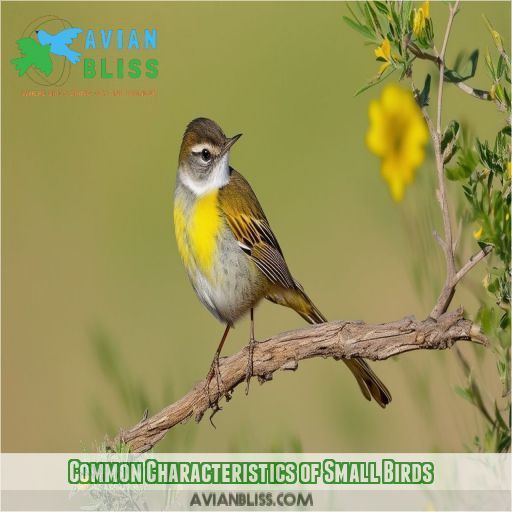
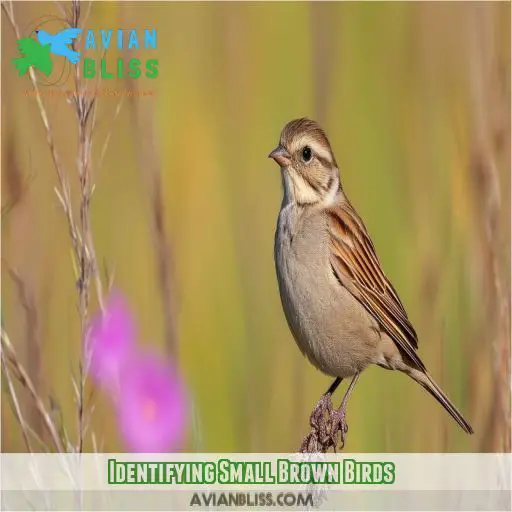
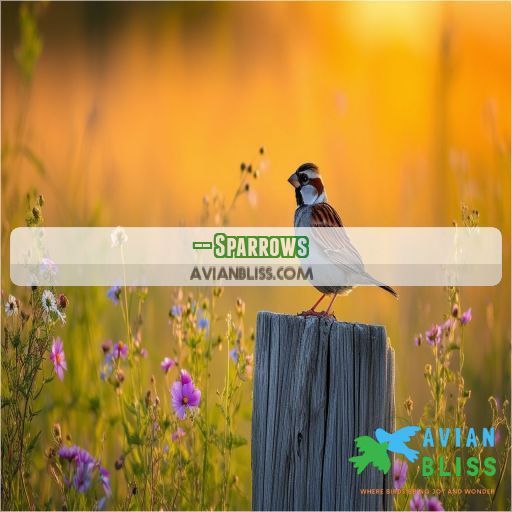
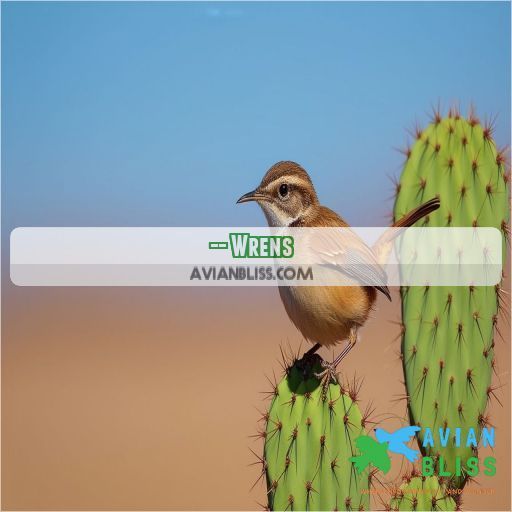
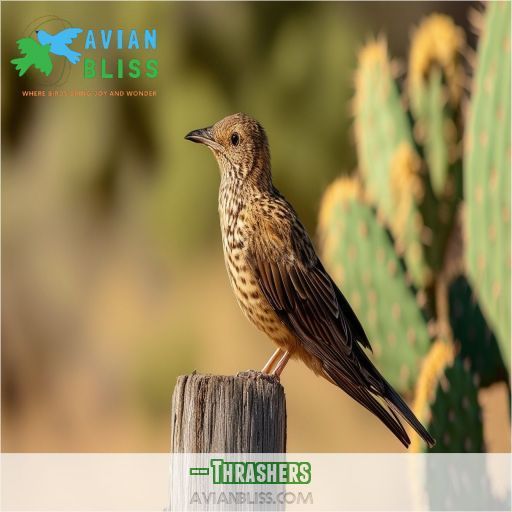
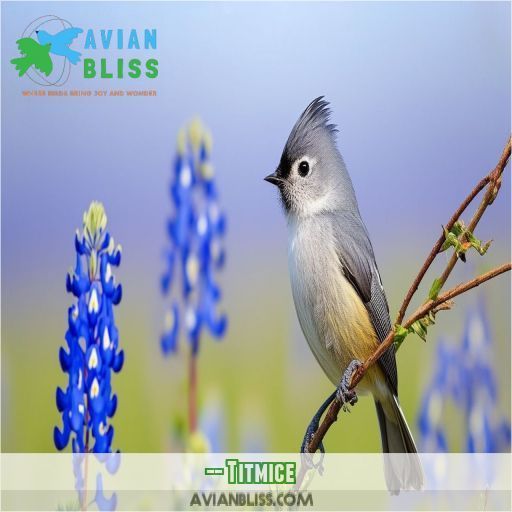

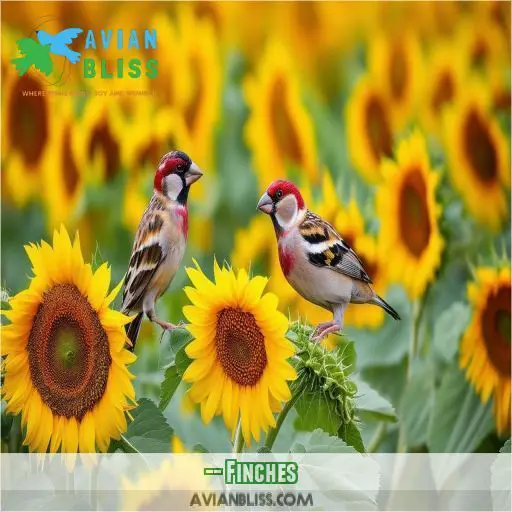

0 Comments